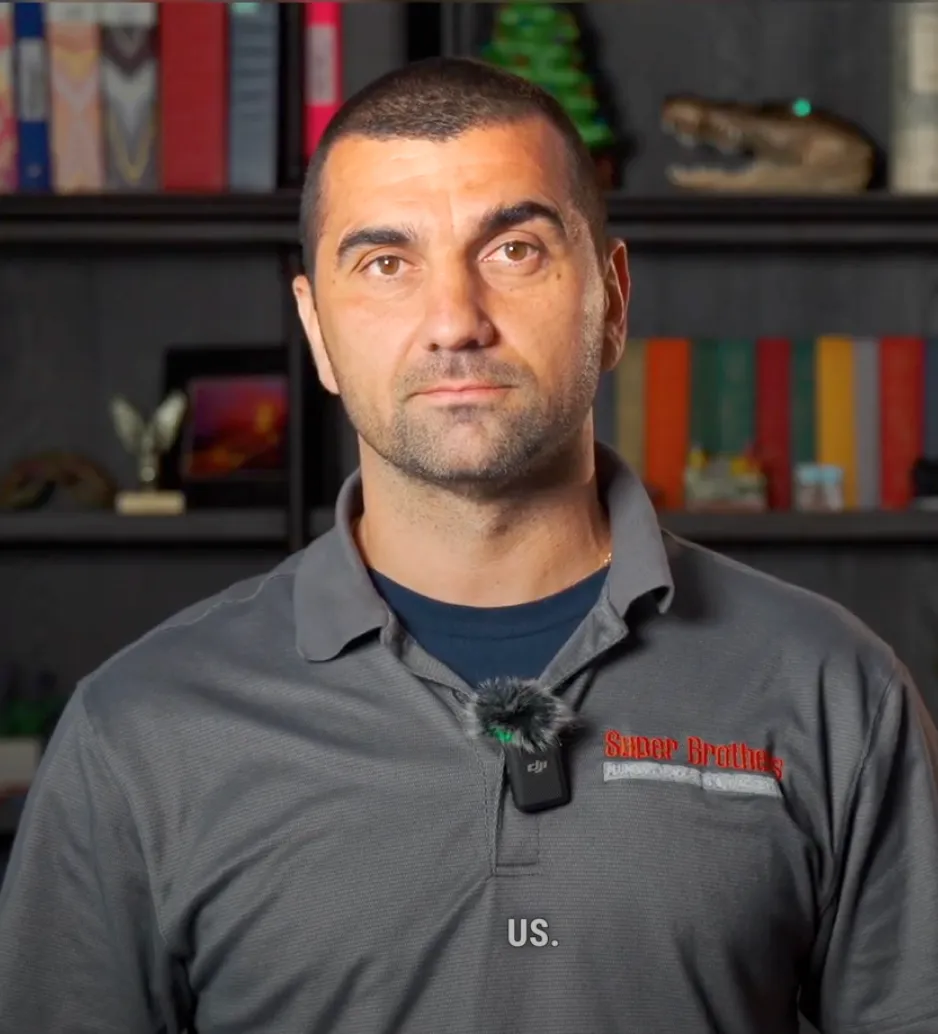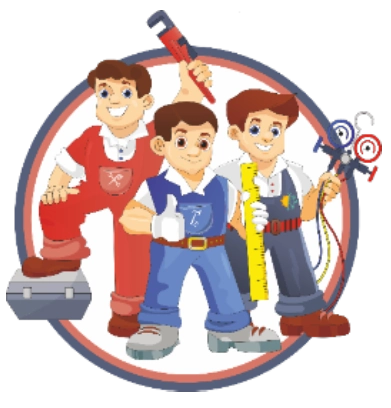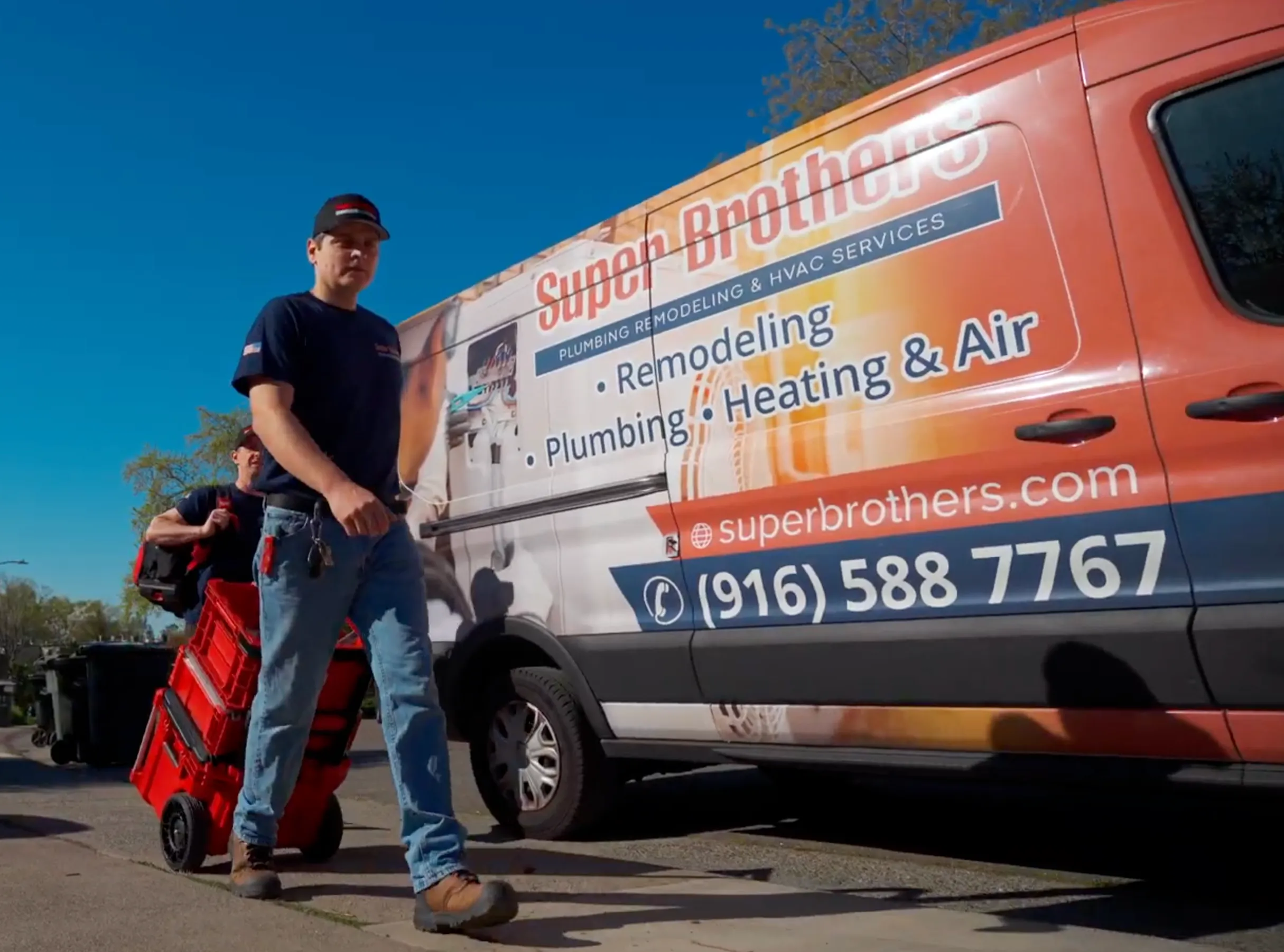Are you tired of waiting forever for hot water to come out of your tankless water heater? If so, it might be time to consider a recirculating pump. Sediment buildup over time can slow down your hot water delivery. But don’t worry—there’s an easy solution to keep your water flowing smoothly.
Why You Need a Recirculating Pump
A recirculating pump is a fantastic tool that keeps hot water moving through your system, so you don’t have to wait for it to heat up. With this setup, you can enjoy instant hot water right when you need it. The pump works with a crossover valve to make sure hot water is always available at your faucets and showers.

How It Works
The recirculating pump keeps water circulating through your tankless water heater system. This means you won’t have to deal with the frustrating wait for hot water or waste water while it heats up. Imagine stepping into the shower and instantly feeling warm water or turning on the kitchen faucet and getting hot water right away. That’s what a recirculating pump can do for you.
Regular Maintenance is Key
To keep your recirculating pump and tankless water heater running smoothly, regular maintenance is crucial. This includes checking for any water heater issues, ensuring the crossover valve is working properly, and scheduling periodic service with water heater repair specialists. Keeping up with water heater maintenance can help prevent problems and extend the life of your system.
Troubleshooting and Repairs
If you encounter any problems, such as delayed hot water or strange noises, it might be time for water heater troubleshooting. A professional water heater repair company can diagnose and fix these issues, ensuring your system operates efficiently.
Benefits of Using a Recirculating Pump with a Tankless Water Heater
Consistent Hot Water
A recirculating pump ensures you always have hot water available at any faucet or shower in your home. No more waiting or cold bursts when turning on the tap. This upgrade guarantees a comfortable experience with instant hot water.
Reduced Water Waste
With a recirculating pump, you avoid wasting water waiting for it to heat up. Traditional systems often let gallons of cold water run down the drain, but a recirculating pump continuously circulates hot water, cutting down on unnecessary waste.
Energy Savings
Installing a recirculating pump can save on energy costs. Without a pump, cold water in the pipes needs to be heated every time you use it, leading to higher energy consumption. A recirculating pump keeps hot water in the pipes, reducing the need for constant heating and saving on utility bills.
Enhanced Convenience
Enjoy immediate hot water wherever you need it in your home. A recirculating pump eliminates waiting times, allowing for a more convenient and enjoyable experience, especially in high-demand areas like the shower.
Extended Water Heater Lifespan
A recirculating pump can extend the life of your tankless water heater by reducing stress on the unit and minimizing temperature fluctuations. This can lead to fewer repairs and a longer-lasting system.
Increased Comfort
With a recirculating pump, you’ll experience consistent hot water and greater comfort. Say goodbye to cold showers or waiting for water to warm up, and enjoy a stress-free, reliable hot water supply throughout your home.
Different Options for Tankless Water Heater Recirculation Pumps
When choosing a recirculating pump for your tankless water heater, it’s crucial to understand the different types available. Here’s a brief overview of the main options:
1. Traditional Recirculating Pumps
Traditional recirculating pumps continuously circulate hot water through your pipes, ensuring immediate availability at all fixtures. They are installed in a loop system connecting the farthest fixture back to the heater. While they provide constant hot water, they consume more energy due to their ongoing operation.
2. Demand-Based Recirculating Pumps
Demand-based pumps activate only when hot water is needed. Using sensors or timers, these pumps detect when a faucet or shower is turned on and quickly supply hot water to that specific fixture. This on-demand operation reduces energy consumption compared to traditional models.
3. Fixture-Level Recirculating Pumps
Fixture-level pumps are installed directly at individual fixtures like sinks or showers. They provide instant hot water without circulating it throughout the entire home. This option is ideal for homes where only certain fixtures need frequent hot water access.
Advantages of Fixture-Level Pumps:
- Energy Efficiency: Limits heat loss by circulating water only within a specific area.
- Faster Delivery: Provides instant hot water at the fixture, reducing wait times.
- Reduced Water Waste: Minimizes the need to run water while waiting for it to heat up.
Considerations for Installation
When selecting a recirculating pump, consider the size of your home, the number of fixtures, and your hot water needs. Consulting with a professional plumber can help determine the best option for your setup. Demand-based pumps generally require less plumbing modification, but both types benefit from expert installation to ensure optimal performance.
Do Tankless Water Heaters Need Recirculation Pumps?
While a recirculation pump isn’t essential for tankless water heaters, it can significantly boost performance, particularly in homes with long plumbing runs or multiple stories. Here’s why you might consider adding one:
Enhanced Performance
A recirculation pump ensures that hot water is instantly available at any faucet by continuously circulating it through the pipes. This setup eliminates the wait time for hot water and reduces water wastage, enhancing your overall convenience.
Benefits for Long Plumbing Runs or Multi-Story Homes
For homes with extensive plumbing systems or multiple levels, hot water can be delayed as it travels through the pipes. A recirculation pump addresses this issue by providing immediate access to hot water throughout the house, making it ideal for larger or multi-story homes.
Convenience and Comfort
The main advantage of a tankless water heater with a recirculation pump is the improved comfort and convenience. You can enjoy warm water right away, whether you’re showering, washing dishes, or doing laundry, without any waiting.
Energy Efficiency Considerations
While recirculation pumps improve convenience, they do consume electricity. Opting for an energy-efficient model can help minimize power usage while still delivering the performance you need.
Installation and Cost
Installing a recirculation pump usually requires professional help. The process involves integrating the pump into your existing plumbing system, which may involve additional piping and electrical work. Installation costs vary based on your home’s plumbing setup and the specific pump model chosen.

Enhancing Efficiency: The Role of Recirculating Pumps
Recirculating pumps are essential for boosting the efficiency of tankless water heaters. They help improve energy efficiency and reduce costs by addressing standby heat loss and optimizing hot water availability.
Reducing Standby Heat Loss
A major benefit of recirculating pumps is their ability to cut down on standby heat loss. Standby heat loss occurs when hot water sits idle in the pipes and loses heat over time. Without a recirculating pump, you have to wait for cold water to clear from the pipes before hot water reaches your faucet or shower.
Recirculating pumps keep hot water circulating through the pipes, eliminating the wait and minimizing heat loss. This reduces the energy required to reheat cold water, ensuring you get hot water faster and more efficiently.
Energy Efficiency and Cost Savings
Installing a recirculating pump with a tankless water heater offers several efficiency and cost benefits:
- Lower Utility Bills: By reducing standby heat loss and improving hot water delivery, you use less energy, which can lower your utility bills.
- Reduced Environmental Impact: Improved energy efficiency means fewer greenhouse gas emissions, helping to reduce your carbon footprint.
- Extended Equipment Lifespan: Efficient operation reduces wear and tear on your tankless water heater, potentially extending its lifespan.
Easy Installation Process
Installing a recirculating pump is relatively simple. It’s best to have a professional handle the installation, which typically involves connecting the pump to the hot and cold water lines near the water heater.
Recirculating pumps can be equipped with timers or motion sensors to operate only when needed, further enhancing energy efficiency by minimizing unnecessary operation.
Exploring Instant Hot Water Options for Tankless Water Heaters
If you want instant hot water from your tankless water heater, recirculating pumps aren’t your only option. Several alternatives can provide localized hot water quickly and efficiently. Here’s a look at these options to help you find the best solution for your needs and budget.
Point-of-Use Systems
Point-of-use systems include mini-tank water heaters and dedicated hot water circulation lines installed near specific fixtures.
- Pros:
- Provides immediate hot water at the location where it’s needed.
- Eliminates the need for a whole-house recirculation loop.
- Cons:
- Requires additional installation space near each fixture.
- May increase energy consumption if multiple systems are used.
Mini-Tank Water Heaters
Mini-tank water heaters store a small amount of hot water (2.5 to 10 gallons) and are installed under sinks or in cabinets.
- Pros:
- Offers quick access to hot water without waiting for it to travel from a distant tankless unit.
- Easy to install in existing homes.
- Cons:
- Limited capacity may not suffice for high-demand areas like showers.
- Takes up additional space under sinks or in cabinets.
Dedicated Hot Water Circulation Lines
These systems involve separate plumbing lines that circulate hot water directly from the tankless unit to specific fixtures.
- Pros:
- Delivers instant hot water where needed without wasting water.
- Allows precise control over hot water distribution.
- Cons:
- Requires extra plumbing work.
- May increase energy consumption if multiple lines are installed.
Drawbacks and Considerations of Recirculation Pumps
While recirculating pumps enhance convenience, they come with some drawbacks:
- Upfront Cost: Installing a recirculation pump involves additional expenses. It’s important to weigh this cost against the benefits.
- Energy Consumption: Continuous operation of traditional recirculation pumps can lead to higher energy bills, as they keep hot water circulating even when not in use.
- Proper Sizing and Installation:
- Noise: An improperly sized or installed pump can be noisy.
- Heat Loss: Poor insulation or long distances can cause heat loss, wasting energy.
- Flow Rates: Incorrect installation may reduce water pressure, especially when using multiple taps.
To avoid these issues, consult with a professional plumber who specializes in tankless water heaters and recirculation systems. They can help you choose the right pump size and ensure proper installation for optimal performance.
Exploring these alternatives and understanding potential drawbacks will help you achieve immediate hot water efficiently and effectively.
Conclusion
Congratulations! You’ve now gained a deeper understanding of how recirculating pumps can optimize the efficiency of your tankless water heater. By using a recirculating pump, you can enjoy instant hot water at any faucet in your home, eliminating the frustrating wait for hot water to reach your desired temperature. Not only does this save you time and energy, but it also reduces water wastage.
Now that you know the benefits and options available for tankless water heater recirculation pumps, it’s time to take action. Consider installing a recirculating pump to enhance the efficiency of your tankless water heater and experience the convenience of instant hot water throughout your home. Don’t miss out on this opportunity to improve your daily routine and make your life easier.



